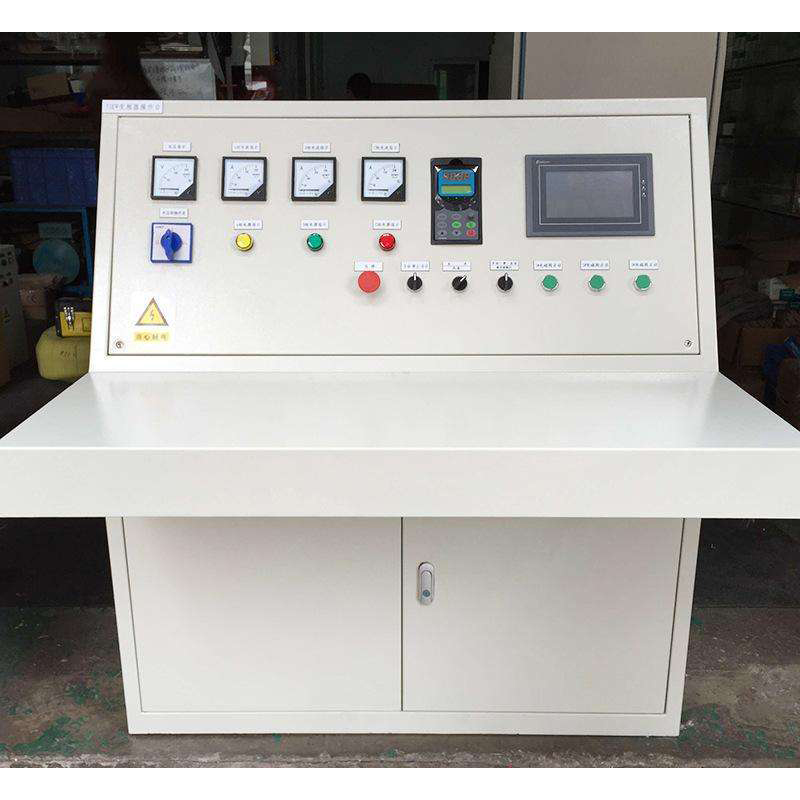
Nov . 12, 2024 06:24
Back to list
gas pressure vessel
Understanding Gas Pressure Vessels Structure, Function, and Safety
Gas pressure vessels are crucial components used in various industries, including oil and gas, chemical manufacturing, and power generation. These vessels are designed to contain gases at pressures significantly higher than the atmospheric pressure. Understanding their structure, function, and safety protocols is vital for anyone involved in industries where gas storage and handling are commonplace.
Structure of Gas Pressure Vessels
Gas pressure vessels are typically made from high-strength materials such as carbon steel, stainless steel, or specialized alloys. These materials are chosen for their ability to withstand the immense internal pressures that these vessels endure. The design of pressure vessels involves cylindrical shapes reinforced with end caps or domes, as this configuration effectively distributes internal stress.
The wall thickness of a pressure vessel is a critical consideration, as it must be sufficient to withstand the specified pressure levels. Engineers use various design codes and standards, such as the ASME Boiler and Pressure Vessel Code (BPVC), to ensure compliance with safety and performance requirements. These codes dictate factors like material selection, welding procedures, and testing protocols.
Function of Gas Pressure Vessels
The primary function of gas pressure vessels is to store gases at elevated pressures safely
. This is crucial for various applications, such as storing natural gas for transportation and use in power plants or processing gases in chemical reactions. These vessels can also serve as reactors in some industries, where high-pressure conditions are necessary for facilitating specific chemical reactions.gas pressure vessel

In addition to storage, gas pressure vessels play a significant role in controlling gas flow and maintaining system pressures. They are often equipped with valves, pressure gauges, and safety relief devices to monitor and manage the internal conditions. Properly maintained and monitored, these systems help prevent pressure build-up that could lead to dangerous situations.
Safety Considerations
Safety is paramount when it comes to the handling and storage of gases within pressure vessels. The potential hazards associated with high-pressure systems include explosions, leaks, and structural failure. Therefore, rigorous safety practices are enforced throughout the lifecycle of a pressure vessel, from design and construction to operation and maintenance.
Regular inspections and testing, including non-destructive testing methods, are essential for ensuring the integrity of these vessels. Routine checks help identify any signs of wear, corrosion, or damage that could compromise safety. Furthermore, safety relief valves are critical components designed to release excess pressure, preventing the risk of an explosive failure.
Training personnel who operate and maintain gas pressure vessels is another vital safety measure. Understanding the components, operational limits, and emergency procedures equips workers to respond effectively to any potential issues. Adherence to safety regulations and guidelines helps mitigate risks associated with gas pressure vessel operations.
Conclusion
Gas pressure vessels are indispensable in various industrial applications, serving as safe and efficient containers for gases under high pressure. Their construction requires careful attention to material and design specifications, guided by stringent safety codes. By prioritizing safety through regular maintenance, inspections, and personnel training, industries can harness the benefits of gas pressure vessels while minimizing risks. As technology continues to evolve, advancements in materials science and engineering practices promise to enhance the performance and safety of these critical components further, paving the way for a more secure and efficient future in gas handling operations.
Next:
Latest news
-
Safety Valve Spring-Loaded Design Overpressure ProtectionNewsJul.25,2025
-
Precision Voltage Regulator AC5 Accuracy Grade PerformanceNewsJul.25,2025
-
Natural Gas Pressure Regulating Skid Industrial Pipeline ApplicationsNewsJul.25,2025
-
Natural Gas Filter Stainless Steel Mesh Element DesignNewsJul.25,2025
-
Gas Pressure Regulator Valve Direct-Acting Spring-Loaded DesignNewsJul.25,2025
-
Decompression Equipment Multi-Stage Heat Exchange System DesignNewsJul.25,2025

